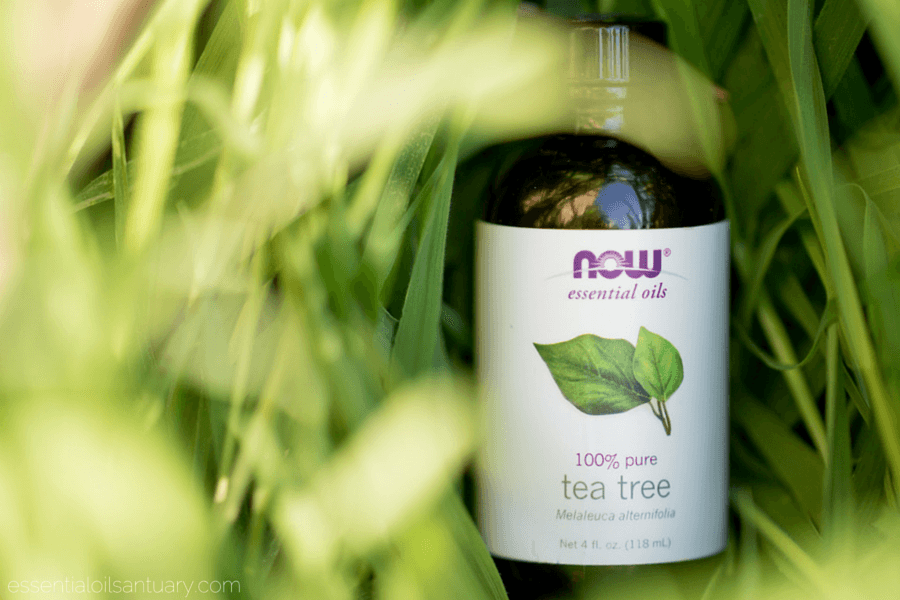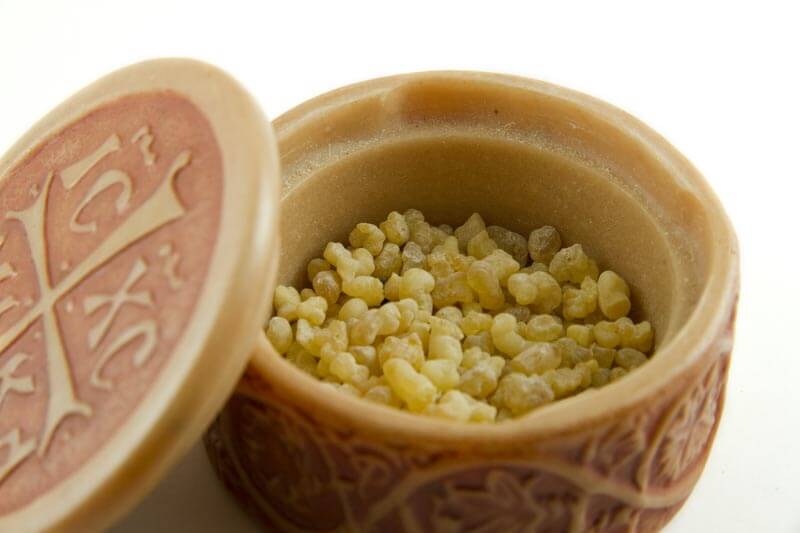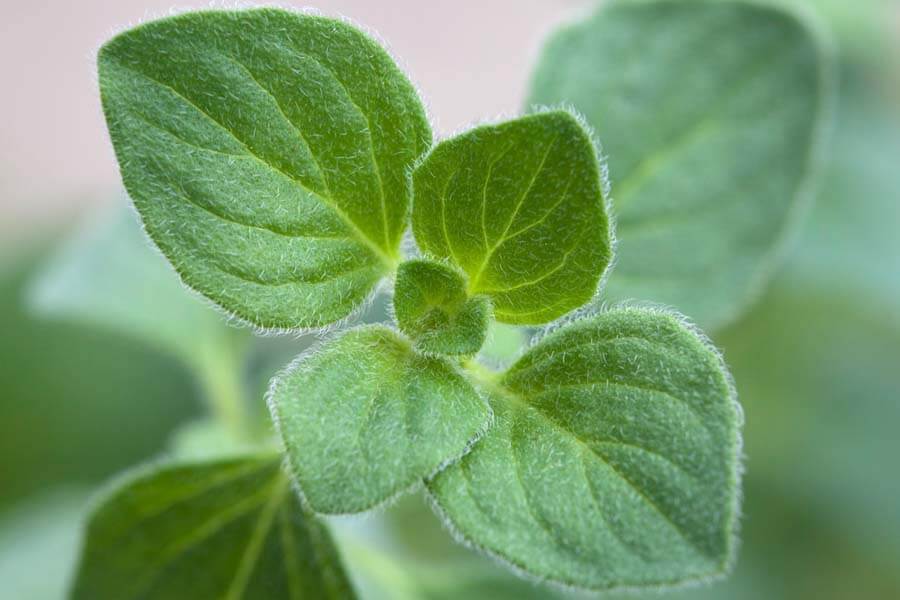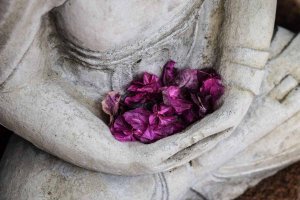
Just the mention of the flu is enough to send most people scurrying for their vitamin C and warm blankets.
Unfortunately, the flu is unavoidable in all but the most remote places around the globe, so it’s best to know how to treat it and beat it. Here’s an overview of this persistent and sometimes even fatal virus, as well as how you can send the symptoms packing in your household with essential oils.
General FAQ About the Flu
The word “flu” is short for “influenza,” a virus that afflicts millions of people every year across the world. The flu has symptoms that overlap with both the common cold and stomach ailments:
- fever and chills
- sneezing
- a runny nose
- a sore throat
- a cough
- chest and nasal congestion
- nausea
- vomiting
- diarrhea
- muscle weakness
- fatigue
- aches and pains
However, influenza symptoms usually come on even harder than run-of-the-mill bugs, and they tend to last longer. The flu is also highly contagious via the respiratory system, meaning people in your nearby environment can spread it or catch it via sneezing, coughing, breathing the same air, or touching the mucous membranes after contact with the virus.
The United States Centers for Disease Control (CDC) states that 111 million workdays are lost each year in the country due to the flu. That’s $7 billion in sick pay and lost workplace productivity!
The flu isn’t just a nuisance, though; every year in America between about 3,000 and 10,000 people die of influenza. The CDC can only estimate this number because many people pass away from influenza before they are diagnosed, usually from complications that are listed as the official cause of death.
Today’s improved knowledge of epidemiology and infectious disease prevention have kept fatalities from the influenza virus largely in check. But in 1918, a major flu pandemic swept the globe, and 20 to 40 million people were killed by the virus. It is estimated that one-quarter of the United States and one-fifth of the world were infected, and this particularly virulent (powerful) strain of flu was spread more quickly by global travel and tending to sick military personnel during World War I.
Most flu virus strains originate in Asia in animal populations, frequently in birds and swine. The virus mutates (changes in structure) and is passed to humans that live in close proximity to livestock in that part of the world. Influenza is then spread to other parts of the planet by unwitting travelers.
The dissemination of flu virus has been made much more catastrophic by modern airline travel, and the risk of another flu pandemic still exists. Wild birds could catch the virus from fowl raised for food, and those birds could fly from Asia to western North America and ultimately infect people there.
Scientists attempt each year to study the animal influenza viruses in Asia and to predict which strains will pose the greatest to risk to humans. They then develop vaccines to combat these strains, but of course, it’s a gamble. Also, flu vaccines carry their own risks, including side effects and allergic reactions, so many people except for the elderly and immunocompromised (people with weak immune symptoms) tend to avoid them.
There are a few medications that can lessen the impact of flu viruses, but these need to be taken within a certain window of time from the onset of symptoms, and they carry with them side effects and uncertain efficacy like vaccines. For most people, the flu virus needs to simply run its course, and the body’s immune system eventually eliminates it. Meanwhile, people with the flu can use essential oils to reduce symptoms, bolster the immune system, and get the rest they need to recover, without the expense and adverse effects of traditional pharmacy medications.
Top 10 Essential Oils to Treat the Flu
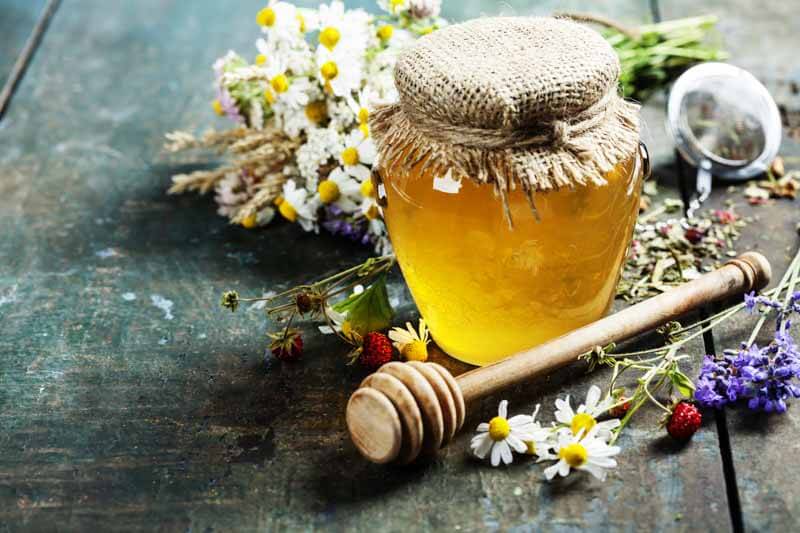
Thieves
Thieves essential oil is actually a blend of oils designed to treat a number of conditions, but it is so common it is almost like its own oil. Thieves essential oil blend (see recipe, below) goes back to the Middle Ages, when it was used to treat Bubonic Plague. The combination of oils in the thieves blend contains antiviral, antibacterial, and antiseptic properties. Thieves essential oil is ideal for soothing inflammation, easing breathing, and helping the immune system fight the influenza virus while preventing further complications.
(Learn More | Purchase)
Tea Tree (Melaleuca)
Tea tree essential oil also has antiviral and antibacterial properties. It can reduce pain and discomfort, open clogged breathing passages, and rid the body of congestion. Rubbing tea tree oil on the bottoms of your feet can boost your immune system to help rid your body of the flu and combat opportunistic bacteria, including resistant pathogens (germs), that can take hold during a bout of the flu.
(Learn More | Purchase)
Pine
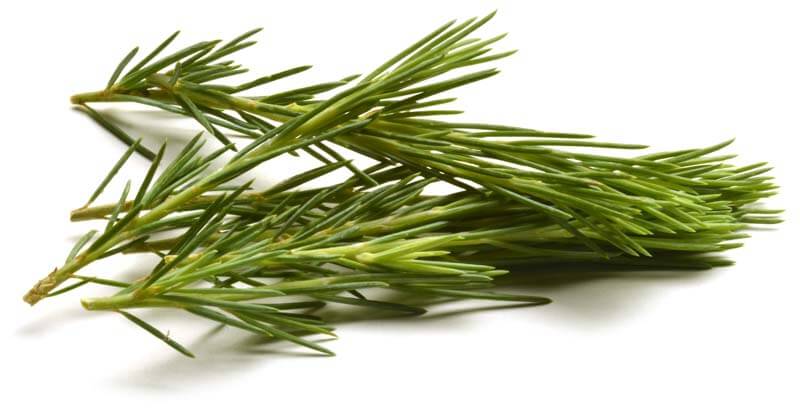
If you are stuffed up with the flu, pine essential oil can help clear your nasal passages, so you can breathe and sleep easier. It freshens the air of a sick room when you use it in a diffuser. Pine essential oil also helps with sore throats and muscle aches associated with the flu.
Peppermint
Peppermint essential oil is also freshening when you have the flu, and if you are experiencing nausea, vomiting, or loss of appetite, this is the oil for you. Peppermint oil makes an excellent expectorant in a steam bath or shower bomb to rid your lungs and bronchial tubes of excess phlegm.
(Learn More | Purchase)
Thyme
Thyme essential oil is a common ingredient in many cold and flu preparations because it can help with multiple symptoms. This essential oil has been well studied scientifically for its antibacterial properties. It supports the immune system and helps the body get rid of excess congestion.
(Learn More | Purchase)
Eucalyptus
The aroma of eucalyptus essential oil is sure to bring back childhood memories of days home sick from school. This essential oil is at the top of the list for easing congestion in both the upper and lower respiratory systems. It helps prevent coughs and has antimicrobial properties to boot. Eucalyptus essential oil should never be taken internally, but it is ideal for chest balms, inhaler tubes, bath salts, and shower steamers. You can also use it in massage oils to ease the aches and pains that inevitably come with the flu.
(Learn More | Purchase)
Lemon
What’s in lemon that makes it so valuable to combat the flu? Vitamin C is a key component, and lemon essential oil is a tasty way to let this vitamin rev up your immune system. Lemon essential oil is also invigorating when you have been stuck in bed for days at a time, and it improves your overall circulation to speed recovery. Use lemon essential oil in aromatherapy, tea, lozenge, and gargle recipes.
(Learn More | Purchase)
Frankincense
Soothing frankincense essential oil reduces pain, both in the body and the throat when you have the flu because it is a powerful anti-inflammatory. Additionally, frankincense essential oil relieves coughing and helps the respiratory system eliminate excess phlegm. You can simply inhale frankincense to reap its many benefits, but you can also use it in lotions and massage oils.
(Learn More | Purchase)
Rosemary
Like pine essential oil, rosemary opens up the nasal passages and refreshes the air around you. Ideal for diffusion therapy, rosemary essential oil has activity against resistant bacteria and can help prevent sinus infections when you get the flu. You can also use rosemary essential oil in facial and throat massage blends to ease congestion and breathe more easily.
(Learn More | Purchase)
Oregano
Oregano essential oil has several components that are powerful against viruses. It has been well studied scientifically for respiratory ailments, and it relieves symptoms of congestion and heavy breathing almost immediately. Rosemary essential oil also helps your body get rid of unwanted phlegm that can cause coughing fits and provide a medium for bacterial infections like pneumonia and bronchitis.
(Learn More | Purchase)
8 DIY Essential Oil Recipes to Treat and Prevent Influenza
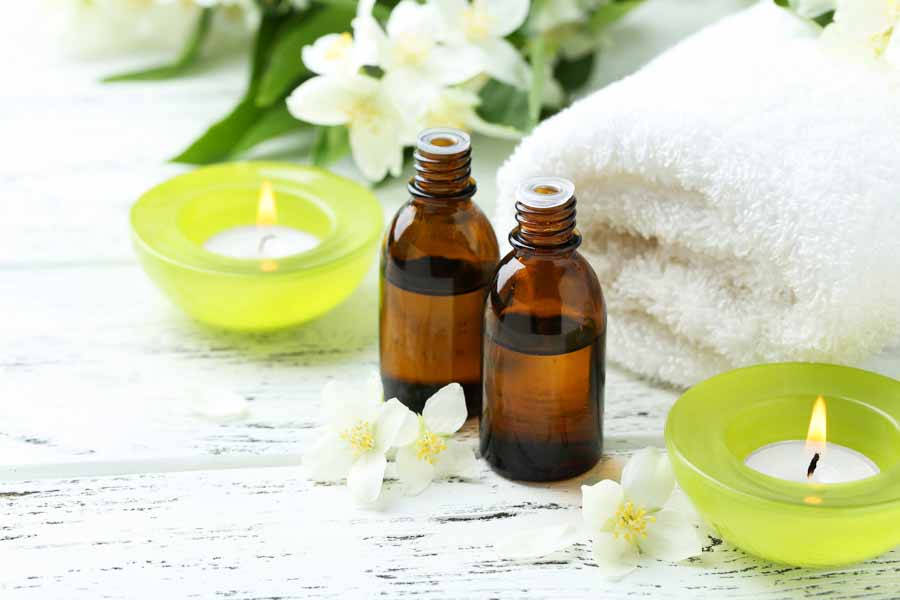
Thieves Essential Oil Blend
Ingredients:
- 40 drops clove EO
- 20 drops cinnamon EO
- 15 drops eucalyptus EO
- 35 drops lemon EO
- 10 drops rosemary EO
Directions:
- Combine the essential oils listed above in a small bottle or beaker.
- Use the mixture in recipes calling for thieves essential oil. You can also add a few drops to hot tea when suffering from the flu.
- (Hint: recipe can be multiplied for a larger quantity of thieves essential oil.)
Or you can purchase a ready-made blend of thieves here.
Soothing Drops for Sore Throats and Coughs
Ingredients:
- 8 drops thieves EO
- 4 drops lemon EO
- 1 cup raw unfiltered honey
- 1 teaspoon coconut oil (or ghee)
Directions:
- Warm the honey and coconut oil or ghee in a saucepan over medium-low heat until it reaches 300 degrees Fahrenheit with a candy thermometer. Keep stirring to reduce bubbling, and take care not to let the mixture burn.
- Remove the mixture from heat and allow to cool to almost room temperature, stirring occasionally.
- Add the essential oils and gently mix to combine.
- Pour or spoon the mixture into small silicone molds (about the size of throat lozenges or hard candies).
- Allow to cool completely, then turn out the drops onto parchment paper.
- Store the drops in the freezer for the best preservation, and take one as needed to relieve sore throat pain and quiet coughs during the flu. No high fructose corn syrup like you find in commercial lozenges!
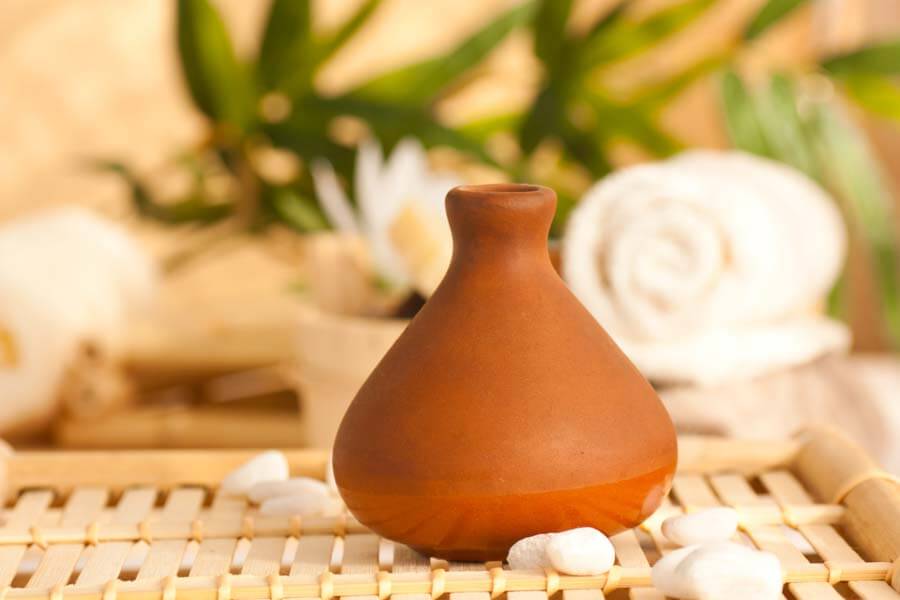
Kids’ Cold and Influenza Foot Rub
Ingredients:
- 3 drops lavender EO
- 1 drop peppermint EO
- 2 drops lemon EO
- 1 teaspoon organic coconut oil
Directions:
- Combine the ingredients above in a small bowl or glass beaker.
- Rub on the soles of the feet morning and night to alleviate flu symptoms and bring down a fever.
- (Hint: you can multiply the recipe and use fractionated coconut oil that remains liquid at all times. Store in a glass bottle with a roller ball top for easy application.)
Breathe Easy Shower Steamers
Ingredients:
- 20 drops eucalyptus EO
- 1 cup citric acid
- 2 cups baking soda
- witch hazel in a spray bottle
Directions:
- In a large bowl, mix the baking soda and citric acid, combining the two with your fingers to form a paste.
- Add the eucalyptus essential oil.
- Spritz the mixture with the witch hazel, and continue to work it with the fingers, adding a little witch hazel at a time. It should start to hold together like wet snow for a snowball. (Hint: if the mixture starts to fizz, you’ve added too much witch hazel.)
- Press the mixture into a hard mold (like an ice cube tray or mini muffin tin–don’t use a silicone mold because it’s too flexible).
- Fill one mold at a time, flip it over, and gently tap it out onto a cutting board.
- Continue until the mixture is used up. Allow the molded shower steamers to dry for 24 hours before storing.
- Store the shower steamers in a mason jar with an airtight lid.
- Toss a shower steamer onto the floor of the shower as you turn on the water. Let the heat evaporate the steamer, and inhale the eucalyptus to open clogged breathing passages.
Thieves-Based Hand Soap
Ingredients:
- 3 tablespoons liquid castile soap
- ½ teaspoon vegetable glycerine or vitamin E oil
- 6 drops thieves EO
- Water
Directions:
- Add the castile soap to a bottle with a pump top.
- Add the vegetable glycerine or vitamin E and the essential oil.
- Slowly add water to the bottle, taking care to leave enough room at the top to accommodate the pump mechanism and cap.
- Shake gently to mix the ingredients.
- Use to wash hands during cold and flu season.
- (Hint: you can replace the Thieves essential oil with lemon, peppermint, basil, lavender and the like during warmer months for a different aroma to your soap.)
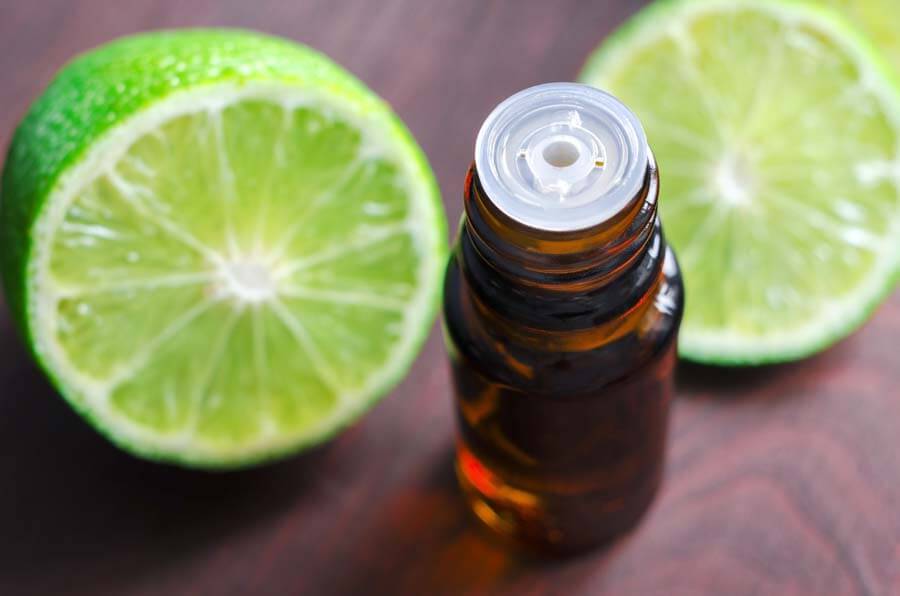
Electrolyte Energy Drink
Ingredients:
- 1 cup water (or coconut water)
- juice of 1 orange
- 2 drops lemon EO
- 1 drop lime EO
- 1 tablespoon raw honey
- ⅛ tablespoon sea salt
Directions:
- Combine the ingredients above in a blender.
- Blend until smooth.
- Drink to restore electrolytes when dehydrated from the flu and to restore the appetite after illness.
- (Hint: this can also be used in place of commercial sports drinks. You can add a drop of peppermint essential oil when ill to reduce nausea and give it a refreshing taste.)
Chest Rub for Grownups
Ingredients:
- 10 drops eucalyptus EO
- 10 drops lemon EO
- 10 drops peppermint EO
- ¼ cup coconut oil
Directions:
- Combine the ingredients above in a small bowl, mixing completely (can be done by hand with a spatula or with a mixer).
- Store in a clean glass jar or a cosmetic tub with a tight lid. Keep in a cool, dry location to avoid the coconut oil melting.
- Rub on the chest before nap or bedtime to break up phlegm and breathe easier. Take care to wash the hands after applying to avoid getting it in the eyes.
- (Hint: rub on the soles of the feet before sleep and cover with warm socks for extra flu relief.)
Closing Tips for Using Essentials Oils When You Have the Flu

Essential oils are very effective at treating flu symptoms, but there are some people for whom they may be contraindicated (not allowed). Check with your healthcare provider first if you have a serious medical condition or if you are pregnant or nursing. To treat a child with influenza with essential oils, talk to your pediatrician first. There are some milder oils that work great with kids (see recipe, above), and you can use a higher dilution rate for extra safety.
Never discontinue prescribed medications to use essential oils without checking with your physician first. Also, if you are prescribed antibiotics for a bacterial infection secondary to influenza, ask your doctor before using essential oils to avoid a reaction between the two.
If your healthcare provider recommends an annual flu vaccine, never skip it just because you are using essential oils. Your essential oils should pose no interaction with your vaccine.
You can treat all of the symptoms of flu with essential oils, but don’t forget to take a holistic approach to beat the virus. Check out essential oils to boost the immune system, encourage restful sleep, improve your mood, freshen the home environment, and prevent complications.
Because there are so many different symptoms associated with the influenza virus, you will have many different essential oil delivery routes to choose from:
- shower bombs
- bath salts and oils
- inhalation tubes
- chest balms
- rubs for reflexology points and the bottoms of the feet
- massage oils and spot treatments for aches and pains
- capsules
- teas and other drinks
- drops and lozenges
- cough syrups
- compresses
- steam baths
- diffuser and vaporizer
- gargles
- neti pot
Have fun experimenting with different recipes and applications to find what works best for your symptoms.
The essential oils listed in this article are the most commonly used for influenza. However, there are other essential oils that bring flu relief too, including spearmint, lavender, chamomile, orange, balsam, cedarwood, cypress, and marjoram.
If you have never used a particular essential oil before, it’s best to try dabbing a small diluted amount on a little patch of skin first to rule out the possibility of a reaction. Even if you have no allergies to essential oils, it’s usually best to dilute them first with a carrier oil (jojoba, coconut, olive, etc.) or water, as they can be irritating in their concentrated form straight from the bottle.
While there are some essential oils that can be ingested, many are meant for external use only. Before taking any essential oil internally, make sure it is safe to do so by checking the label or inquiring with the manufacturer.
Don’t forget that the best way to beat the flu is to avoid it in the first place! If you travel frequently, especially during the fall and winter flu season, make sure to get enough rest, eat healthily, practice germ prevention hygiene, and use essential oils to keep your immune system in tip-top shape.
